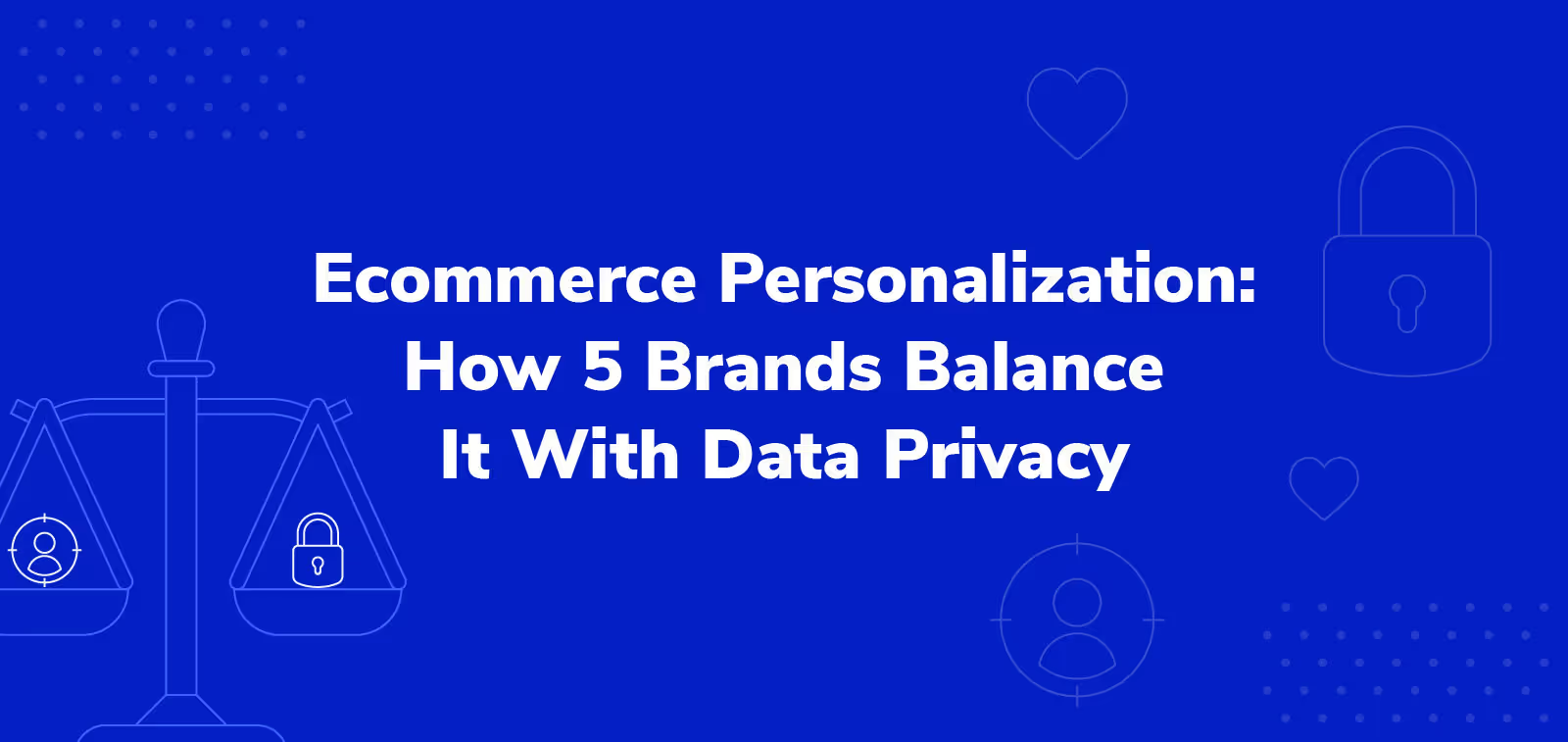How to Overcome the Top 3 Challenges Electronics Ecommerce Merchants Face

Year over year, e-commerce sales of electronics continue to increase — with no end to the growth in sight.
In fact, data collected by Statista suggest that nationwide the electronics e-commerce market will see revenues hit $88.4 billion by 2025, up from $74.9 billion in 2021.
Such a strong growth outlook is great news for electronics manufacturers and retailers, especially those that already understand the importance of e-commerce to the consumer electronics industry.
Nearly 50% of all electronics products are sold online — that includes bigger purchases like gaming systems and TVs. New competition for online electronics sales hit the scene every day, making the landscape for household electronics sales challenging.
To remain competitive in this changing landscape and drive more revenue from online electronics sales, merchants must be able to overcome its challenges.
Challenge #1: Shoppers must have a high level of trust to convert on big-ticket items
In the digital-first world we live in, consumers have higher expectations than ever before. That starts with their initial product research and extends far beyond receiving and unboxing their electronic device.
High customer expectations make sense: electronics tend to have a higher price point, leading shoppers to spend an average of 79 days researching before making a purchase. Loyalty also matters here, as 62% of customers will stick to the same brand for their major electronics purchases.
And then there’s shipping and delivery — customers want peace of mind that their valuable (and sometimes fragile) items will arrive undamaged and ready to use.
To keep customers coming back for their electronics e-commerce purchases, they must be able to trust that they’re in good hands.
Offer a simple returns policy
Simplicity wins when it comes to returns.

96% of shoppers who are satisfied with a business’ returns policy say they would return to that business again. That helps build brand loyalty, drive word-of-mouth referrals, and increase customer lifetime value.
The potential downside to offering customers a best-in-class returns policy is that it can be expensive, especially when fragile electronic devices are involved.
However, there are ways to mitigate the cost of returns and strengthen your relationship with customers. Here are a couple ideas.
- Factor returns into your product pricing. Data suggests that shoppers are willing to pay more for higher quality experiences: in 2021, 54% of shoppers said they look for a deal but ultimately base their buying decision on other factors like trust, customer service, and communication.
- Reconsider return fees. Electronics can take a beating the more they’re used, reducing their resale value and increasing the likelihood of needed repairs. But simultaneously, customers need time to test out an item they purchased online. If you require return fees, consider offering free returns within the first 30 days of use (or whatever time frame is appropriate for your business), then charge a fee for anything beyond that.
Highlight customer reviews

Another way to signal trust is by putting your customer reviews front and center.
Nearly 100% of online shoppers read reviews before making a purchase, pointing to the value of real user feedback for driving online sales. Displaying reviews on product pages can drive up to a 380% increase in conversions for high-priced products.
But it’s not just about positive reviews — a high number of reviews on your website can also impact a purchasing decision by reflecting the true quality of the product. This is especially true for online electronics sales.
And if you’re worried about the presence of negative reviews, bear in mind that having some critical customer reviews can actually be a good thing. A variety of reviews demonstrates to customers that the reviews are real and can be trusted. They’re also great for helping identify opportunities for product improvements.
Challenge #2: Customer support needs are often higher with more complex or technical products
The customer lifecycle doesn’t end with a product purchase. These days, customers are looking for robust support following their purchase, particularly for electronics products that might be more complicated to set up or maintain.
But offering effective customer support can be pricey, not to mention time-consuming. From hiring and training staff to selecting the right customer service software and building out communication workflows, it’s a labor-intensive process. It’s also a defining component of brand identity: 73% of shoppers say customer support is important to their buying decisions.
To meet consumer needs throughout their entire lifecycle, merchants must own the entire post-purchase experience with support that’s built with customers in mind.
Offer a self-service support option
A thoughtful customer support experience doesn’t require in-person service or expensive software. Instead, on-site documentation and how-to content featured on your blog or FAQs/knowledge base can be an incredibly powerful tool. It could be tips for troubleshooting problems, product demos and walkthroughs that highlight specific features, or simple tutorials that empower customers to get the most value out of their products.
In a nutshell: put helpful product support content where customers can easily find it.
Enable live chat

Give customers an easy way to engage quickly and on their terms by offering live chat on your website. Not only does this empower shoppers to reach out at their own convenience, but it also strengthens customer relationships, offers immediate solutions, increases engagement, and enables customer support staff to be more productive.
There are plenty of chat solutions available to e-commerce merchants, including Zendesk, Intercom, Zoho, and more. Many solutions allow you to set up automated chatbots that are available 24/7 and will answer a customer’s question before tapping a live rep for in-person support.
Challenge #3: Repairing or replacing faulty equipment can eat into profits and brand affinity
No matter how much work manufacturers put into creating perfect electronics for consumers, the reality is that products are going to break, whether it’s due to user error, a manufacturing issue, or plain bad luck. Merchants need products to have a long lifespan to remain connected to customers.
The point when a product stops functioning or breaks is a sensitive time, and customers can be tempted to go to a new brand based on their experience. That’s why offering repairs or replacements for electronics is a crucial piece of the customer journey.
Make the experience seamless for your customers
Create a seamless process that allows customers to request a repair or replacement without any fuss. That means removing long wait times for approvals on repairs/replacements, offering round-the-clock claim filing, and streamlining communication so customers aren’t left wondering what next steps are.
For example, product protection from Extend can offer a decision in under 2 minutes. Once approved, customers receive a promo code they can redeem for a replacement product, or (depending on the product damage) customers can set up an in-home, in-depot, or on-site repair at their own convenience. Such service is a huge differentiating factor for electronics e-commerce merchants.
Give customers a reason to continue using your products
The point when a customer reaches out to a merchant for a repair or replacement is an opportunity for your brand to create a lifelong relationship. Offering product protection shows a merchant stands by their products and keeps customers coming back.
Internal data from Extend shows that 4.5% of protection plan purchasers return for a repeat purchase. That’s a win for customers and merchants alike, since customers get a new or repaired product, and merchants enjoy higher revenues by offering protection plans.
Win long-term trust with Extend

To remain competitive and overcome the challenges related to electronics e-commerce, retailers must find ways to continually add value to drive customer loyalty.
A superior e-commerce experience meets and exceeds customer expectations from beginning to end. An electronics merchant may offer a high-quality product, but if the buying experience doesn’t match that perceived quality, the customer’s trust will be shaken and they may jump brands.
Offering easy returns and helpful customer reviews will help motivate a customer to buy, but comprehensive product protection builds brand trust and keeps customers using your products.
Extend’s product protection plans help add to the customer’s perception of quality before and after the purchase. Our plan options integrate seamlessly with your website, and we can resolve claims online in mere minutes, creating a win-win situation for both you and your customer.
Interested in becoming an Extend merchant partner? Arrange a demo here.
Aaron Sullivan is senior content marketing manager at Extend. He specializes in writing about e-commerce, finance, entertainment, and beer.
.svg)













































.avif)










